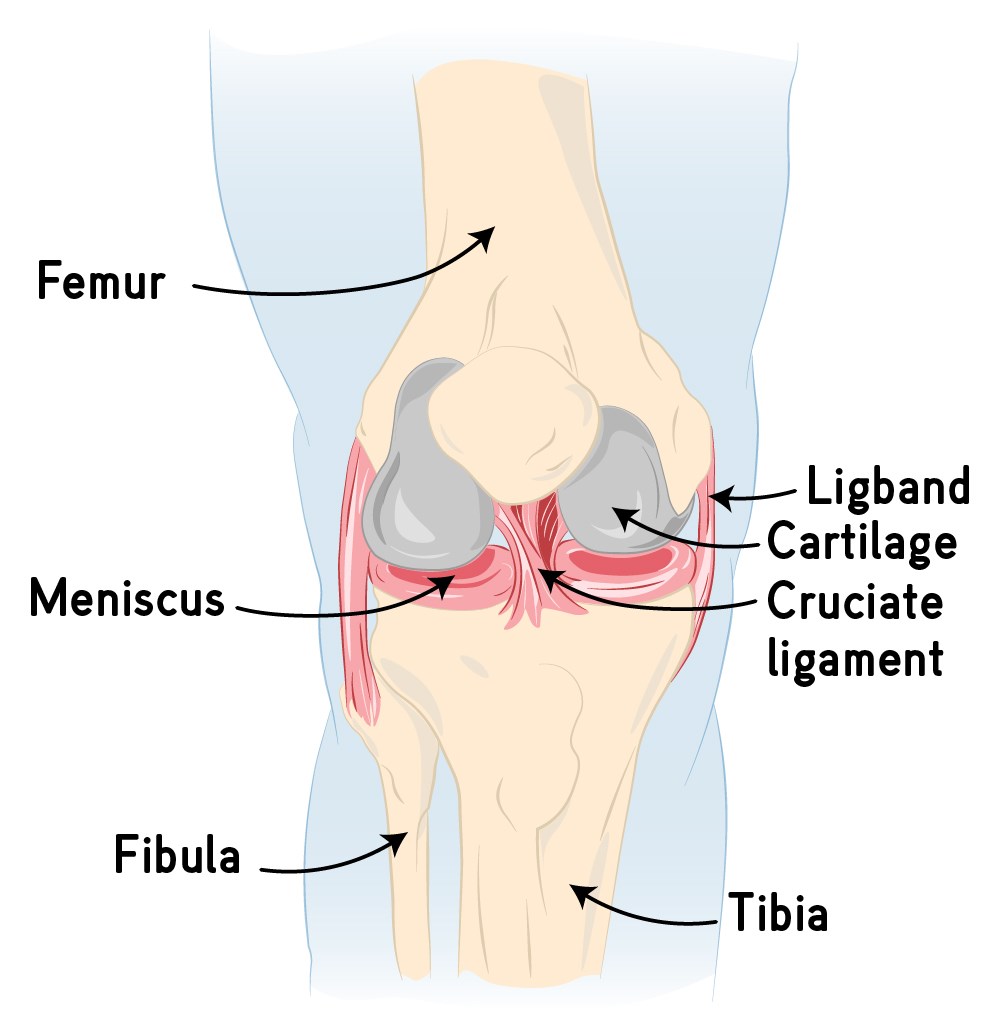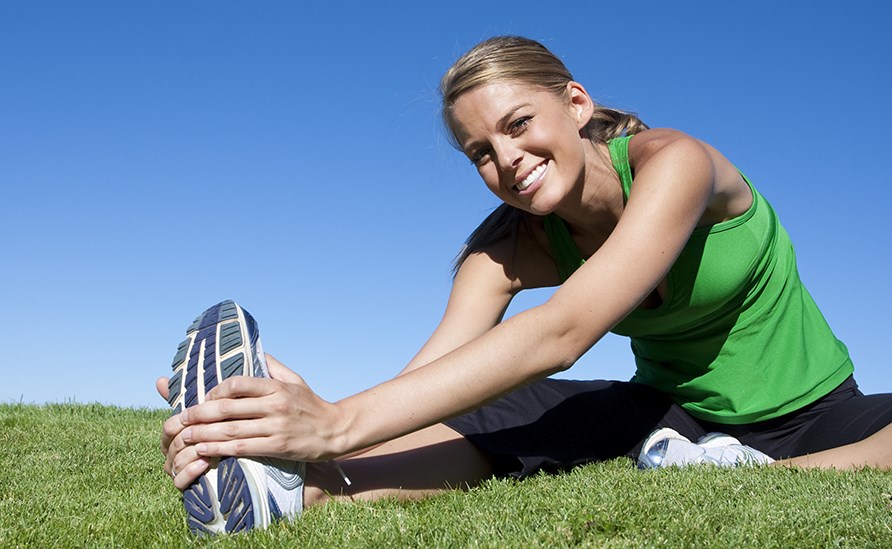Muscle and Joint Health
Muscle and joint health is something that we are all affected by, but rarely spend extra time on until we’re reminded of it due to pain. Through the right exercise and diet, however, we can influence our muscles and joints and make ourselves more resistant to the problems that can arise with age.
- The joint’s structure
- Dietary supplements for muscles and joints
- Exercise for an active everyday life
The Joint’s Structure
The joint consists of the parts of the skeleton where two or more bones meet and move in relation to each other. There is also articular cartilage on the surface of bones where they come together to form joints, which provides shock absorption and a better fit. Around the joint is a protective membrane of connective tissue called a joint capsule. This contributes stability to the joint and prevents displacement. As an extra reinforcement, there are also tendons and ligaments that are integrated in the joint capsule. In addition to these structures, the muscle also contributes to stability.

The joint’s structure.
The muscles’ main task is to develop strength, but they are also, as mentioned, central to the joint’s stability, especially in connection with physical activity. Fortunately, the muscles are the tissue that respond most quickly to exercise. The development of strength is partly due to the muscle growing, as the muscle fibers become both larger and more numerous, but is also due to neural factors. The latter simply means that your body gets better at recruiting more muscle fibers at the same time.
Dietary supplements for muscles and joints
We always have an ongoing muscle protein turnover, with the building up and breaking down of muscle taking place in parallel. Protein intake has been shown to be central to muscle growth and to prevent muscle breakdown and is of fundamental importance to athletes. Include meat, fish, eggs and dairy products with a high protein content such as cottage cheese and quark in your diet. In order to take in a sufficiently large amount of protein in your likely already packed everyday life, it may be easier to use a protein supplement. Protein also plays an important role in the structure of the skeleton. In fact, protein is essential for building and maintaining a strong skeleton.
In addition to protein, there are a few individual nutrients that deserve some extra attention in this context. Both calcium and vitamin D are essential for the maintenance of a strong skeleton in their own right, but they also have an interdependent effect on bone health. For example, vitamin D contributes to better absorption of calcium. Magnesium also has an important function in this context, partly because it contributes to the strength of the skeleton, but also because magnesium deficiency has been shown to cause low levels of calcium and negatively affect vitamin D. Calcium, magnesium and vitamin D also contribute to normal muscle function.
If you’re already familiar with joint and ligament issue, you can focus on a few more interesting topics that may be beneficial to you.
- MSM is a natural sulfur compound that occurs in connective tissue and the skeleton, and is available as a tasteless dietary supplement for those who want to maintain normal skeletal function.
- Rosehip powder has long been used in horses for their joint mobility, and is now also a common health food for humans. Rosehip contains many interesting substances, including a high content of vitamin C.
- Glucosamine and chondroitin are two substances that are most active together. Both are bodily substances that have been researched extensively in connection with joint health and are often found in dietary supplements.
- Collagen constitutes a structural armour in both joints and cartilage as well as skin, hair and nails and is common as a supplement to maintain the quality of both.
- Hyaluronic acid is produced in the body for the lubricating properties of the synovial fluid.

Physical activity helps keep the body young.
Exercise for an Active Everyday Life
Since strength is largely dependent on neural factors, there is a clear advantage to training your body on the movements it performs often and where there is the greatest risk of injury. Hard exercise will also improve both the neural and muscular factors.
Did you know that
- Physical activity prevents wear and tear injuries.
- Synovial fluid is secreted when you move, making the cartilage thicker, which acts as a shock absorber.
- Every time you move, you do your health good.
As an example, you can take deadlifting, which is certainly an exercise but above all a movement that we all do - i.e. picking things up off the ground. By performing an exercise where movement takes place over several joints and involves large muscle groups at the same time, you will have a well-coordinated nervous system while your muscles grow. Compare this to sitting in a leg curl machine where only the muscles on the front of the thigh work independently of the other muscles. In principle, this never happens either in everyday life or in any sport.
Another important factor for joint stability is the strength of the muscles that span the joint. We can take the knee joint as an example, where the muscles on the front of the thigh stretch the leg, while the muscles on the back of the thigh cause the knee joint to bend. A back side that is weak compared to the front has been shown to increase the risk of cruciate ligament injuries. The muscles on the front of the thigh are also larger than in the back, which leads to a bad starting position from the beginning. You should therefore train in such a way as to bring balance to the muscles' ability to generate force over a joint.
Exercise contributes to increased bone density due to the strain. However, it should be understood that not all types of exercise lead to increased bone density, but mainly the activities that give rise to shocks and high levels of strain. Power and tension sports such as weightlifting, gymnastics and volleyball therefore top the list followed by running, amongst others, while cyclists and swimmers do not have particularly high bone density at all. Therefore, choose a variety of sports, especially if you have a habit of sitting down a lot at work and taking the car whenever you’re going somewhere.

